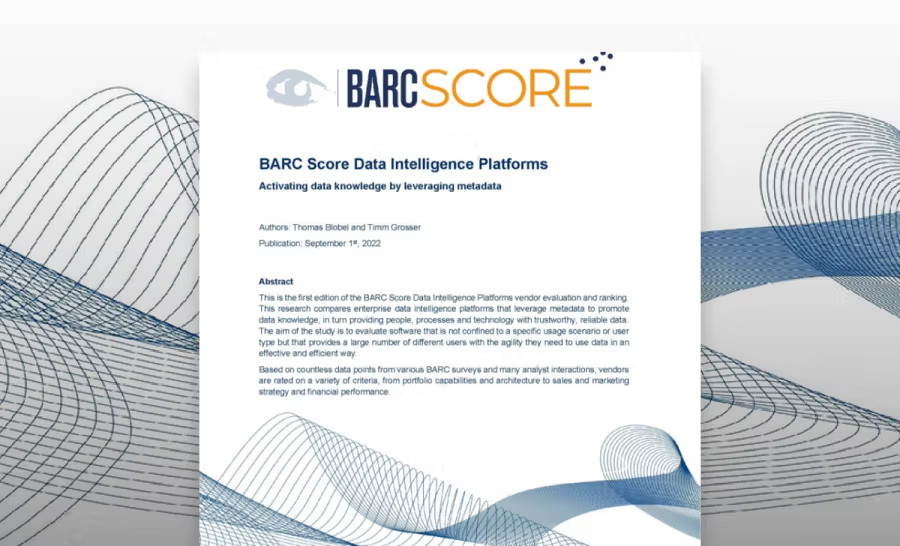5 implementation pitfalls… and how to avoid them

Let’s be honest, new technology can be a LOT of fun. But implementing it? Wow, that can be a lot of work. From integrations to security issues to just plain enabling features, there are lots of pitfalls that can slow you down or lead to a poor result.
But it doesn’t have to go that way! Here are 5 tips for getting your implementation off on the right foot, and keeping it on track.
1. Misaligned goals (“Hey… that’s not what I asked for!”)
We’ve all seen it… or maybe even done it. We are excited to launch our new tool and start thinking about all the cool features, and we lose focus on why our business purchased that tool in the first place.
That leads to unhappy business sponsors at the end because they were expecting something that wasn’t delivered.
As the leader of your implementation, you can prevent that from happening – and ensure you start delivering value fast – by aligning with your business sponsor on the objective that brought them to Collibra (or any technology) in the first place.
How?
Define and align on your business objective (aka Business + IT: unite!)
- Before starting your implementation, look back at the business objective that your sponsor reported, along with the data sources and other features they highlighted (Collibra will do this with you at the start of every engagement)
- Take that information to your sponsor and ensure you are totally in alignment on the goals of the implementation and what the project is going to deliver
- Take that opportunity to also get names for a pilot team of end users who can test your implementation and give feedback on your customizations
2. Checking the box (“Let’s just do it and keep moving.”)
It can be easy to get swept up in the process of implementation. And sometimes we want to move so fast that we just check the box to turn on a certain feature or to say we did something. What happens when we do that? Errors, irrelevant details, and unadoptable features that discourage your future users.
But for every step, think about how it advances your business goal.
How?
Keep that business objective (remember that from above?) in mind throughout the project and work with your sponsor’s team.
- Building glossary terms? Work with someone from the business unit to define what those should be
- Choosing data sources to integrate? Don’t just pick what matters to you. Choose sources that matter to the people who will be using the data at the end of the day
(PS: involving that team as part of the project is a great way to share the load of implementation work AND get future users bought into the technology, since they will already be invested).
3. Lacking critical resources (“Wait, I need what now?”)
The biggest slowdowns to implementation tend to be:
Unavailable / hard-to-schedule personnel
Missing technical requirements. Usually this is because the people involved (whether for doing the work or purchasing / provisioning servers, etc.) don’t understand the value of what you’re doing or why these requirements are needed. Your job is to make the case that will get all the requirements – the what and the who – ready to go.
How?
- Make sure you start your requests by expressing WHY you need their help (or funding) and engage your business sponsor, if needed, to make the case
- Make sure you really, really, really (really) get to know all your requirements – people and technical – so you provide all the information clearly and in advance, rather than surprising people at the last minute
Specifically for Collibra implementations, here’s what you need to know…
- People: most of the time, you only need 1-2 people for each stage of implementation. But there will be times when it’s all hands on deck. Make sure you know who is needed, when, and why, so you can get on their schedules and they come to the table (or laptop) ready to work. (In Collibra implementations, all of these people requirements are clearly defined in the workbook you receive in your Welcome email)
- Technology: here are two that tend to cause the biggest slowdowns in implementation:
- Edge provisioning and permissions
- Security / privacy permissions
Your Collibra Implementation team will work with you to ensure you are able to achieve the needed requirements and will be happy to meet with your team to explain their roles, as needed.
4. Forgetting the people and process (“Technology to the rescue!”)
People, process, and technology. We all know it. But in all of our work toward implementing our new shiny tool, it’s easy to forget that there will be people – often not as technical as we are – who will actually be using it! Plus, we rely on governance processes and rules in order to truly experience, sustain, and expand the value of our technology by keeping our data accessible, relevant, and correct. In order for us to truly make our technology successful, we need to bring our people and processes into the band, so we’re all singing the same tune.
How?
- Get to know your users! From stewards who govern the data to analysts who apply the data to business goals, they should all be on your mind and will need to learn how the technology works for them.
- Make sure everyone (and that means you, too!) understands how the technology is involved in the overall data strategy. Everyone who is involved with data should understand the basics of data governance, how it’s applied at your organization, and their role. Collibra has multiple options to help with this:
- Coaching sessions on data governance, change management, and adoption (btw, if you’re doing a Rapid Start implementation, you have coaching credits that can be used for this!)
- Collibra Program Assessment to truly deep dive into aligning your current program with your vision for the future
- Collibra University courses on adoption
Remember: Don’t wait until the end of the implementation project to start thinking about the people and process. By starting now, you’ll ensure your Collibra environment makes sense when you roll it out and starts delivering value to the team right out of the gate.
5. Unclear expectations. (“What do you mean there’s still work to do?”)
Crawl, walk, run… walk, run, fly… whichever phrase you prefer, the cliche is true! It takes time to really get a new technology off the ground. At the end of your Collibra implementation, you should have a fully running instance of Collibra with access to key functionality and some tailored aspects for your business. But there will still be a lot to do!
On the technical side, for instance, you’ll likely want to create more custom workflows and install end-to-end lineage.Your people will need to learn why, when, and how to use Collibra, so you can drive adoption and usage. And your governance processes will continue to improve and expand as you bake them into Collibra.
Yes, there’s plenty to do. But guess what? You can do it!
How?
- Start small. Identify your champions and start the initial roll-out with this pilot team
- Learn and enable that pilot team team – and larger teams – with the help of Collibra training options that are tailored to specific roles and goals. You can choose from virtual labs, instructor-led courses, and Collibra University courses
- Get targeted expert guidance for technical, adoption, and governance concerns via Collibra Coaching. Some popular topics include: workflows and change management
- Up-level and customize your Collibra environment by working with our Professional Services team. We have services that range from quick outcome-based Accelerators (like for Lineage Harvester, which will get you end-to-end lineage for a data source) to fully customizable packages and SOWs.
Now that you know what to look out for, remember this: there’s light at the end of the tunnel! By avoiding these implementation pitfalls, you’ll be able to deliver powerful, relevant, valuable technology to your organization and start seeing results fast.
Want to learn more? Talk with your Collibra Account Executive or Services Manager.
In this post:
- 1. Misaligned goals (“Hey… that’s not what I asked for!”)
- 2. Checking the box (“Let’s just do it and keep moving.”)
- 3. Lacking critical resources (“Wait, I need what now?”)
- 4. Forgetting the people and process (“Technology to the rescue!”)
- 5. Unclear expectations. (“What do you mean there’s still work to do?”)
Related articles

Data IntelligenceJanuary 27, 2022
Accelerate IFRS-17 Compliance with Data Intelligence Platform

Data IntelligenceSeptember 27, 2022
Collibra is a Market Leader in first-ever BARC Data Intelligence Platform Vendor Evaluation

Data IntelligenceOctober 28, 2022
The must-have checklist for maximizing the value of your data catalog and governance investments with Collibra

Data IntelligenceMarch 10, 2022
Improve data literacy and data sharing in government
Keep up with the latest from Collibra
I would like to get updates about the latest Collibra content, events and more.
Thanks for signing up
You'll begin receiving educational materials and invitations to network with our community soon.
